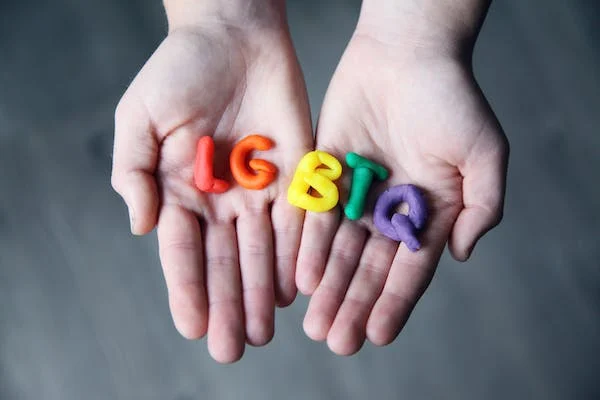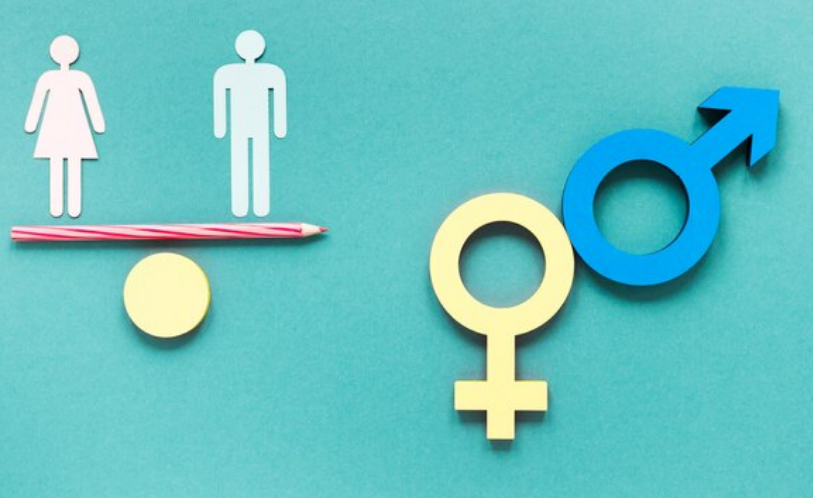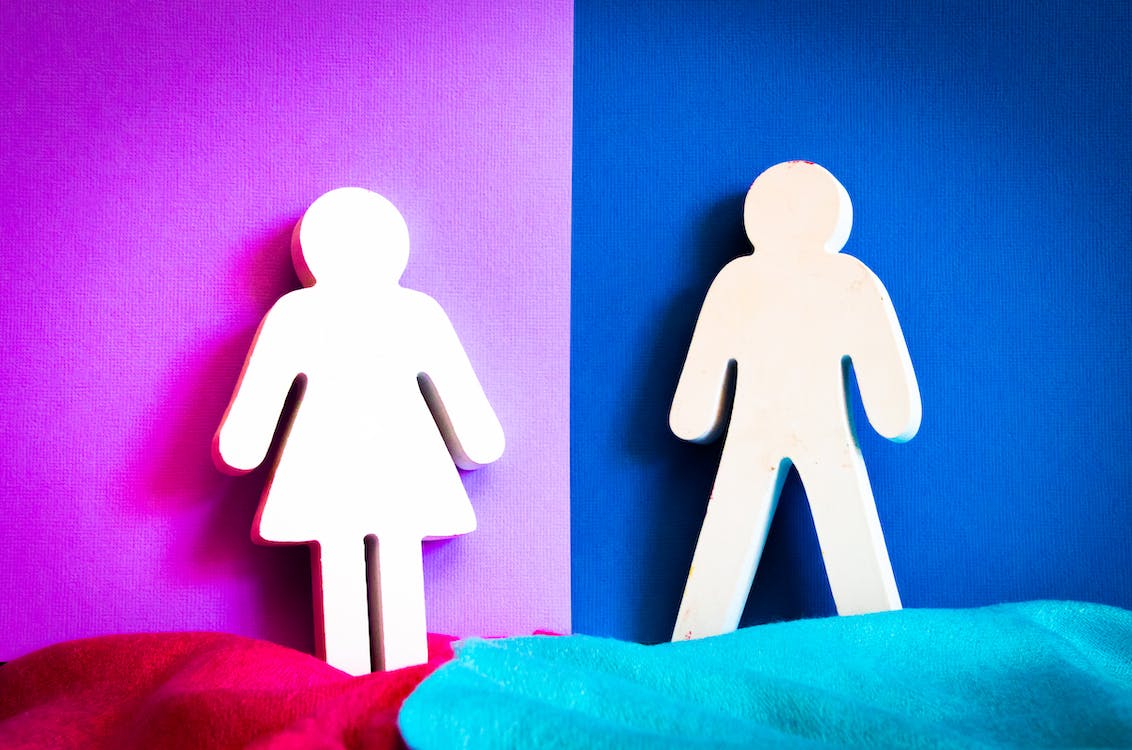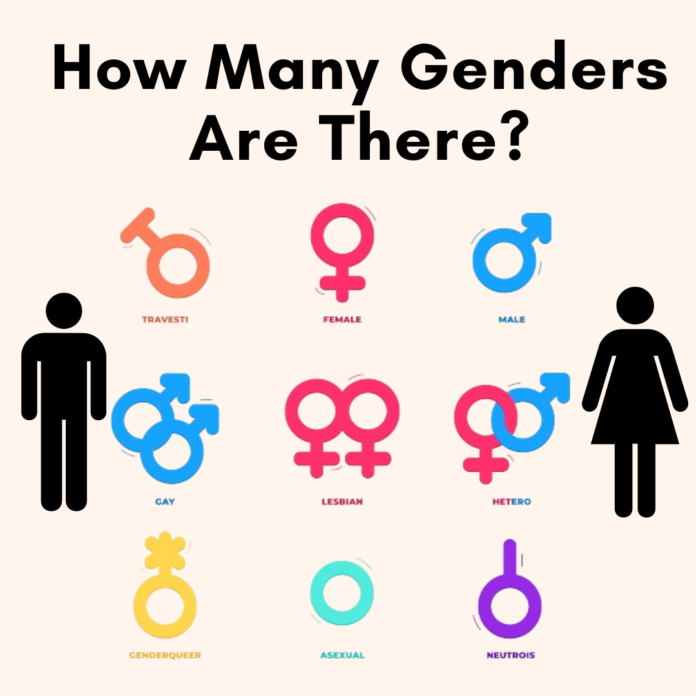Science has evolved its horizons and never fails to leave us astonished. Among a lot of other concepts, ‘gender’ has been a constant matter of debate. So how many genders are there? This article aims to resolve this query.
The reason why the question of how many gender are there scientifically popped up is: the differentiation in chromosome type, morphology, gamete size, hormone level, and social roles.
For one thing, science doesn’t regard ‘gender’ and ‘sex’ as the same thing. That’s why the term ‘gender identity’ has a wide scope. Apart from genetics and anatomy, gender is liberated to be defined by various external factors as well. This is to say that like the much-opinionated perspective, gender isn’t confined to: male, female, and transgender.
This can sound weird. But as you proceed to read this article, you’ll get more clarity. To start with this you first should know the difference between ‘gender’ and ‘sex.’
How ‘Gender’ & ‘Sex’ Are Different?
Usually, ‘gender’ and ‘sex’ are perceived as interchangeable words. However, science doesn’t regard the same attributes in both terms.
Sex: It depends on chromosome type, gamete size, and hormone level, which are responsible for what anatomy a fetus develops into.
National Geographic states that a fetus develops into a male when chromosome Y (SRY gene) stimulates the production of proto-gonads that turn into testes. This, in turn, secretes testosterone with more male hormones and male organs are developed. On the other hand, in the absence of this gene, female organs are developed.
Gender: This term relates to socially constructed behaviors of a person rather than biological characteristics. The signs of behavior and characteristics that are deemed masculine or feminine in society. It can include dressing, mannerisms, emotions, way of conduct, morphology (to some extent), and other cultural behavioral aspects. FDA describes ‘gender’ as the physiological differences between a man and a woman.
How Many Genders Are There Scientifically?
Based on scientific analysis, 6 categories of genders are broadly talked about. However, this count can further go up. Below we’ll discuss the different genders that science most typically identifies. We’ll also discuss approaches that stand opposite to science.

Scientifically speaking, the math about sex chromosomes defines what anatomy a person has. In other words,
- XY chromosome develops into a male
- XX chromosome develops into a female
These two are regarded as binary spectrums (which can be considerably regarded as distinguished) for gender determination. In addition, genders that can’t be recognized solely as a man or a woman are regarded as non-binary spectrums. Based on this, science further categorizes genders as:
- X
- XXXY
- XXY
- XYY
But our lives are co-dependent on science, society, and things beyond science. That’s the reason why some people follow different approaches to deciding how many genders are there in existence. Let’s try to understand them one at a time:
Approach 1:
When we were kids we were told that a long wooden article that helps us write having a v-shaped end is a pencil. Whereas a plastic body that has a somewhat similar shape and functionality to a pencil, injected with an ink refill is called a pen. This is something that we were taught as we grew up and could have been different if the majority of society had thought so.

Similarly, some people believe that gender roles are “socially constructed.” which means the attributes assigned to a male and female body and way of conduct are developed by the society. For instance- a female’s voice is high-pitched and a male’s voice is low-pitch. Although it won’t be wrong to say that some of such criterias can have exceptions, we can’t totally deny that anatomy has something to do with this.
Approach 2:
Another group holds the view that it’s all in your head. This is to say that genders based on non-binary chromosomes are a wrong extension. People who believe that this gene differentiation shouldn’t be regarded as a new gender.

Known for his 2014 creation/evolution debate, Ken Ham, host of the US radio show- Answers…with Ken Ham, and founder of Creations Museum, states in his blog, “Abnormalities in chromosomal development are just that: abnormalities, deviations from the norm. Abnormalities do not constitute a new biological sex. Rather, they are a disorder of normal human development. Individuals with these abnormalities are still either male or female. Those with a Y are male and those without a Y are female.” He further adds, “Also, these abnormalities are not the same thing as so-called “gender identity.” Transgender, gender fluidity, and everything else LGBTQ activists are pushing have nothing to do with biology—it has everything to do with psychology, how a person thinks and views himself or herself. It’s not a problem of the body. It’s a problem of the mind!”
According to him, such people don’t need a new title but rather need to accept that God has chosen the design of their body which need not be altered with chemicals and surgeries.
Approach 3:
Some people also hold the view that gender is what is declared at the time of birth based on genitals, irrespective of the influence of chromosomes. It has been seen that certain health conditions can result in alteration in chromosomes but can’t be the sole reason for stating a spectrum non-binary. For instance, Down Syndrome, Patau Syndrome, Edwards Syndrome, etc. are health disorders that alter physical attributes including low muscle tone, shield chest, and umbilical hernia, etc. in a boy or a girl.
Some Common Terms Associated With Gender
- GENDER IDENTITY: It refers to the self-perception of a person about their gender and is affected by hormones.
Generally Known Gender Identities: Female, Male, and Genderqueer.
- GENDER EXPRESSION: It is the terminology used to describe how a person expresses oneself in society through their behavior, dress, interests, etc.
Generally Known Gender Expressions: Feminine, Masculine, and Androgynous.
- BIOLOGICAL SEX: It defines the attribution to a baby at the time of birth based on chromosomal structure, genitals, and reproductive organs.
Generally Known Biological Sexes: Female, Male and Intersex.
- SEXUAL ORIENTATION: It is a term used to describe a person’s preference of attraction towards another person.
Generally Known Sexual Orientations: Heterosexual, Homosexual, and Bisexual.
TRANSSEXUAL: This term is used to describe transgenders who change their gender expression to transform themselves to be identified with a single gender. They use sex reassignment therapies for this purpose.
Frequently Asked Questions?
#1 How Many Gender Are There Scientifically?
According to scientific research, gender is categorized into 6 different types based on the chromosomal structure, which include XX, XY, X, XXY, XXXY, XYY. However, this count can go up further because of the complex differentiation of chromosomes.
#2 What Is Gender?
Gender refers to socially constructed roles, characteristics, and behavioral conducts that are associated with a person’s sex at the time of birth based on genitals.
#3 What Is Sex In Gender Studies?
The sex of a person is determined based on their chromosomal structure which leads to differences in their anatomical structure.
#4 Does Sex At The Time Of Birth Doesn’t Determine Gender?
Science doesn’t regard sex at the time of birth (based on genitals) as a basis for gender identification. According to science, gender can be different from what a person’s physical attributes suggest.
#5 How Does Science Attribute Transgenders?
Transgenders are people who have a different gender than that perceived at the time of their birth based on genitals. In other words, their gender isn’t the same as their sex at the time of birth (based on genitals).
Wrapping Up
Gender evolution has evolved so much that today if you go searching for how many genders are there, you’ll get different perspectives. According to science, it can be categorized into six (even more than that) different types. Whereas some believe it is an impact of societal changes and health disorders. However, it is not plausible to give an exact number as to how many gender are there scientifically because it depends on the ‘spectrum’ which has endless possibilities.





